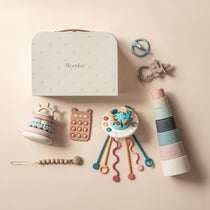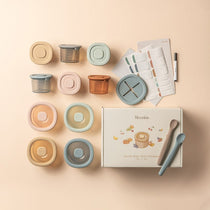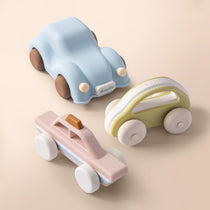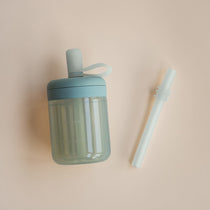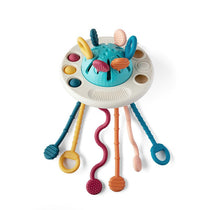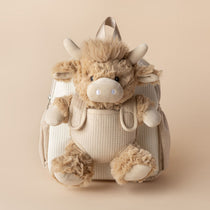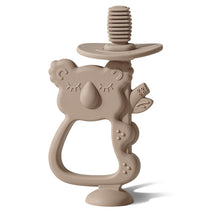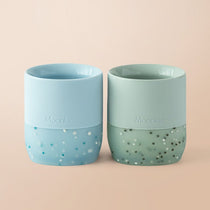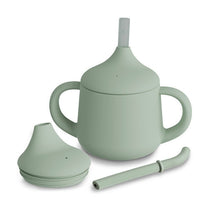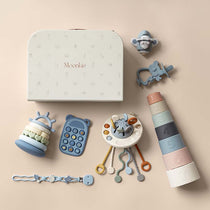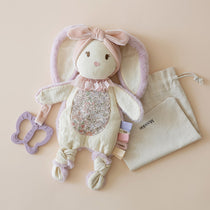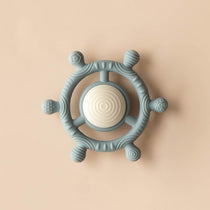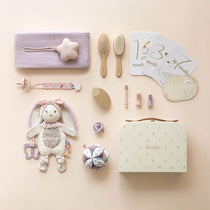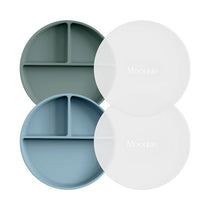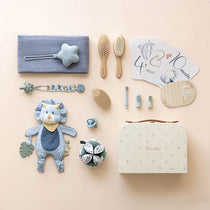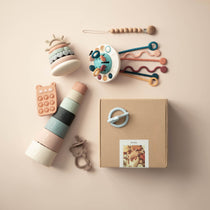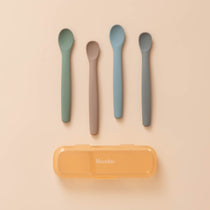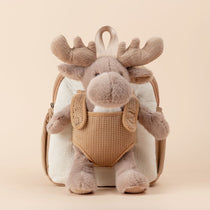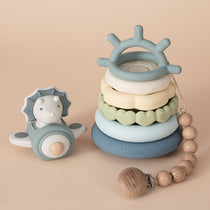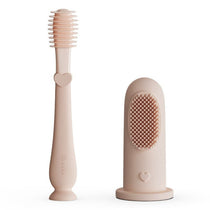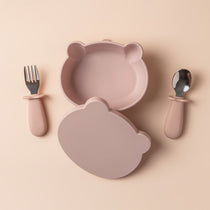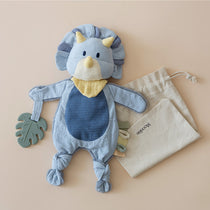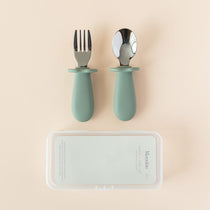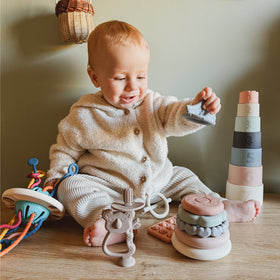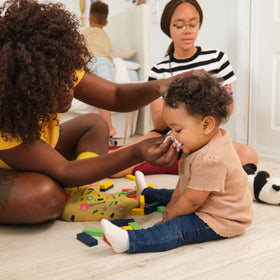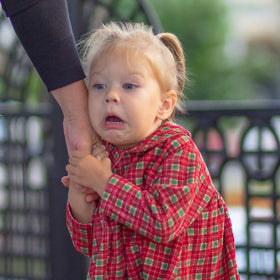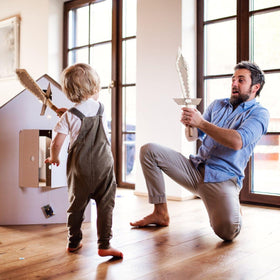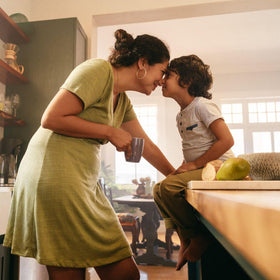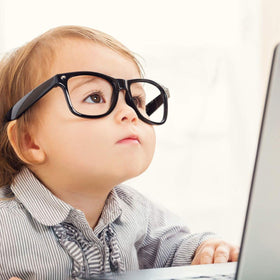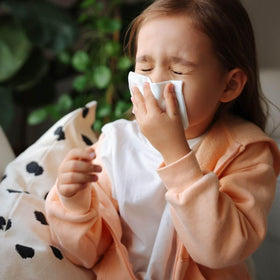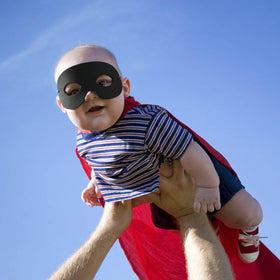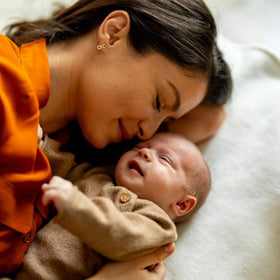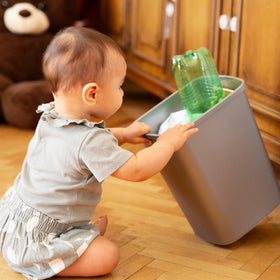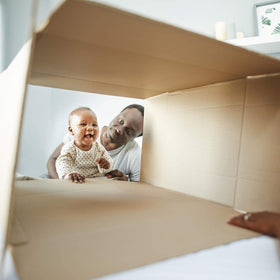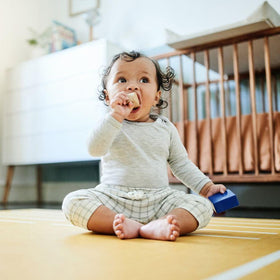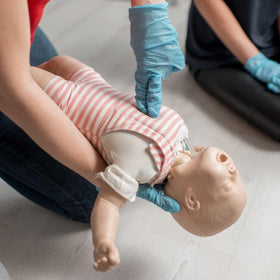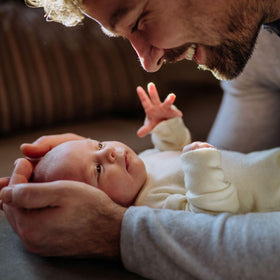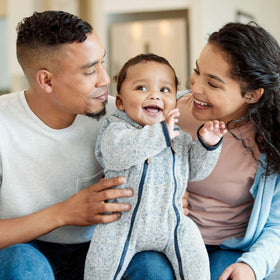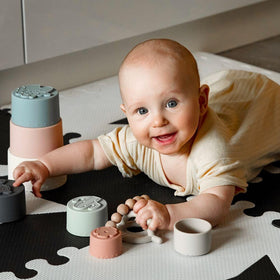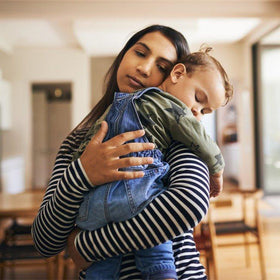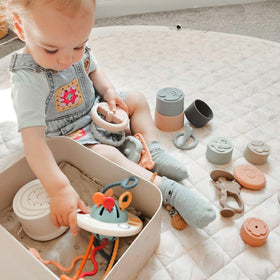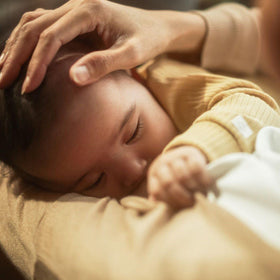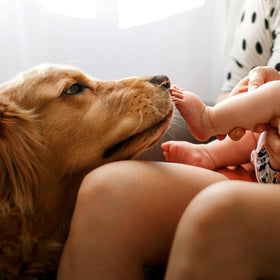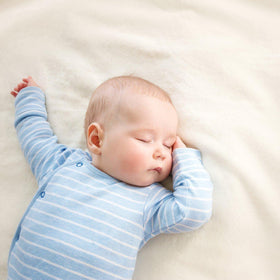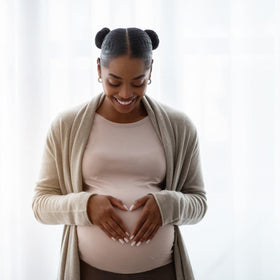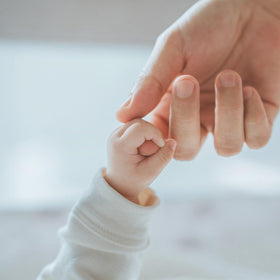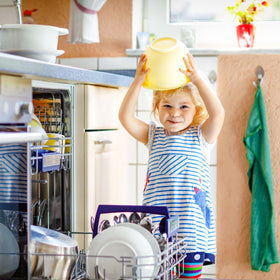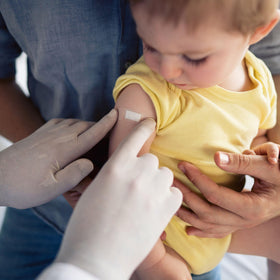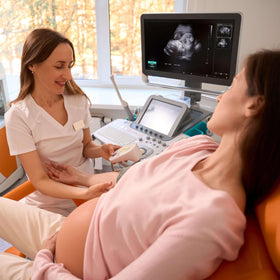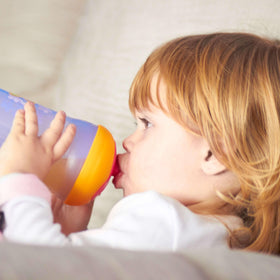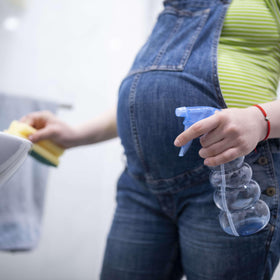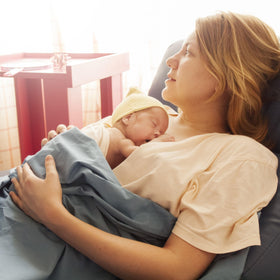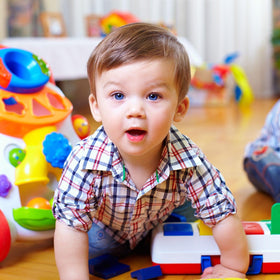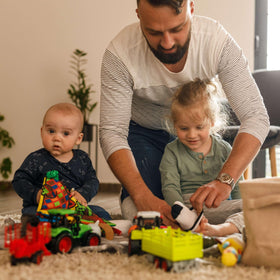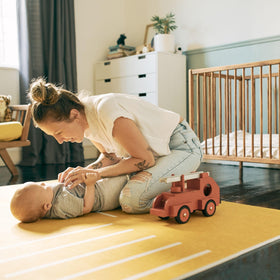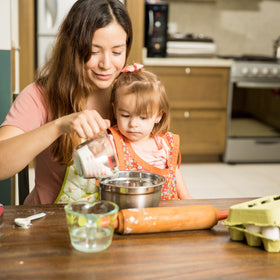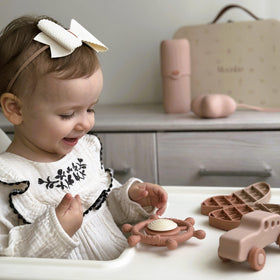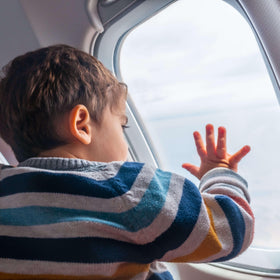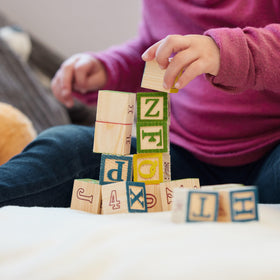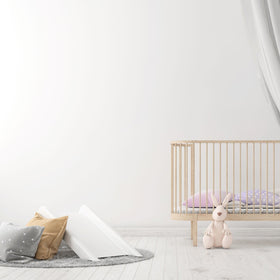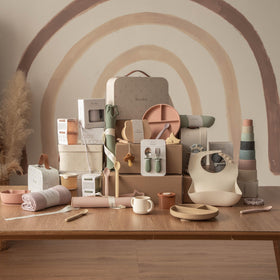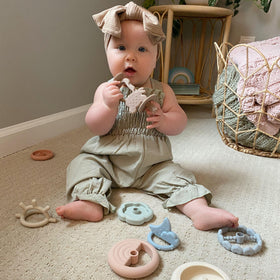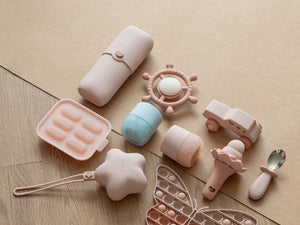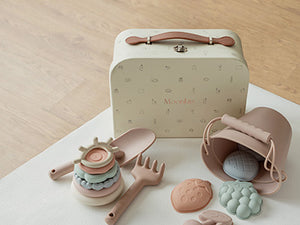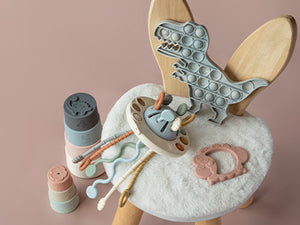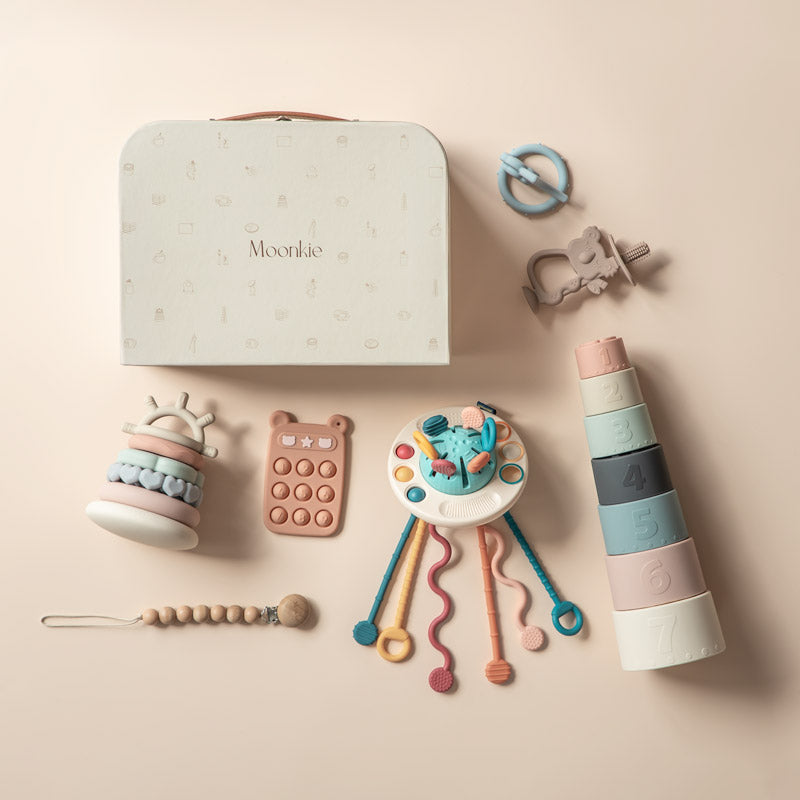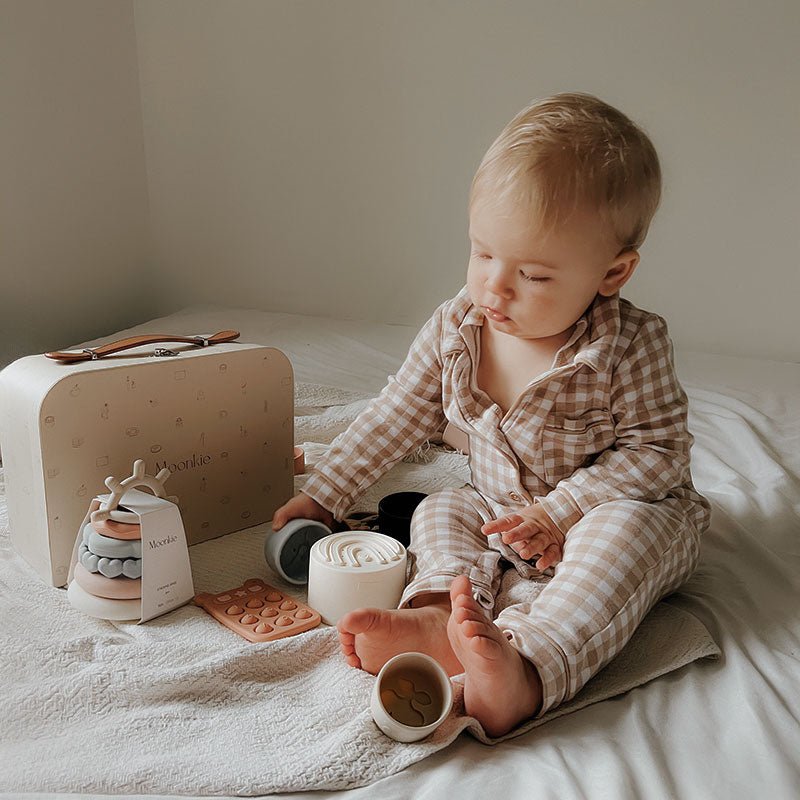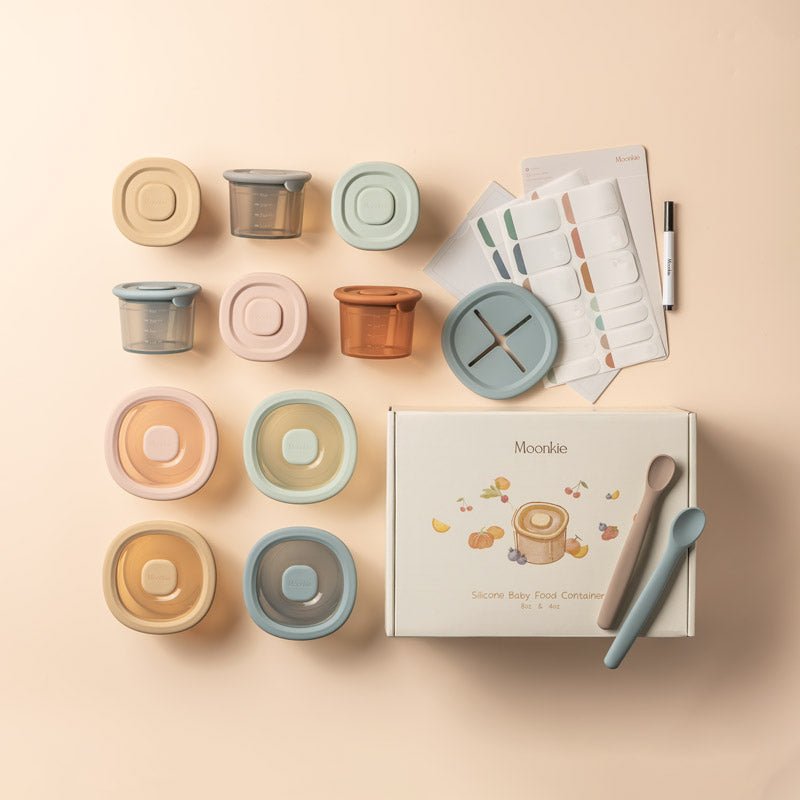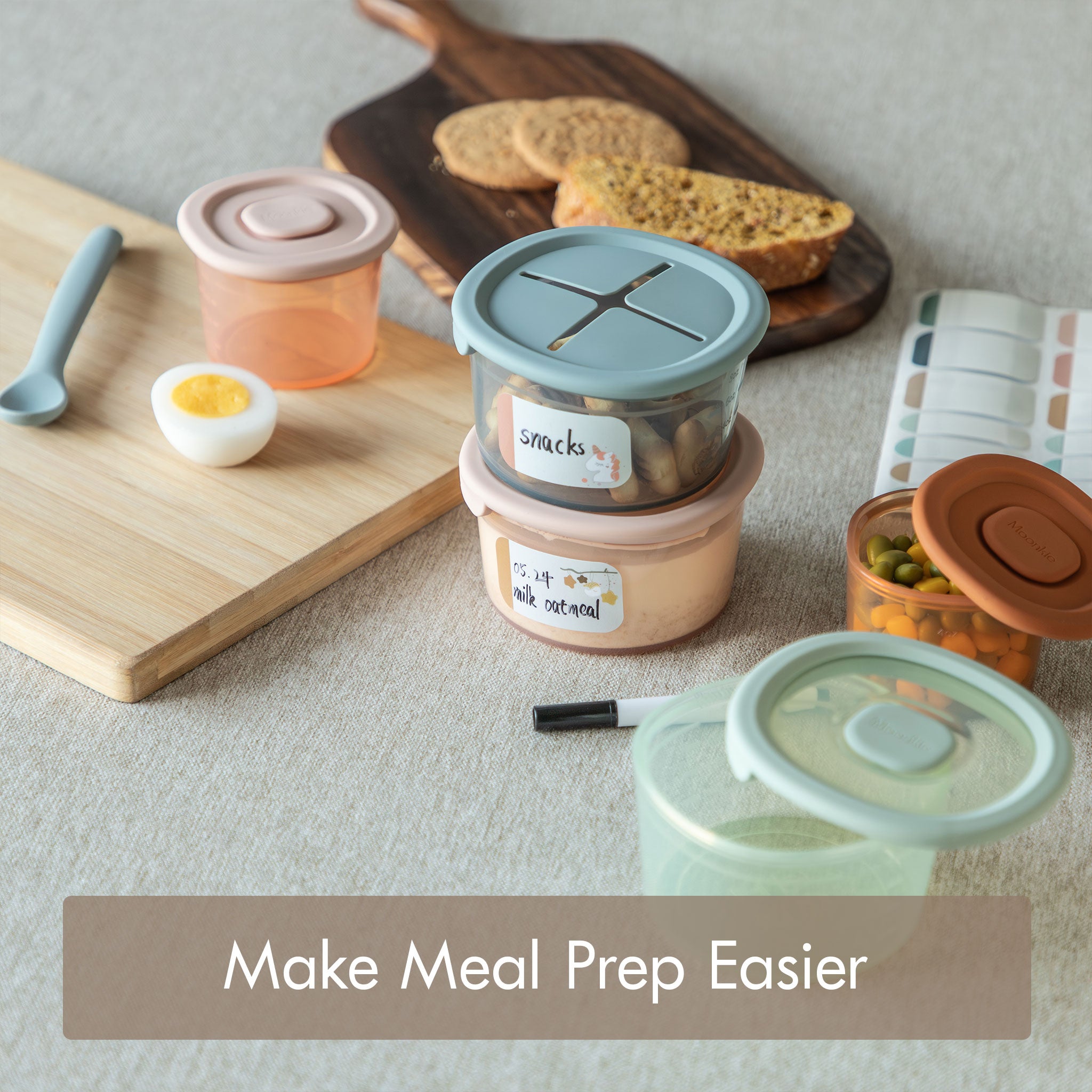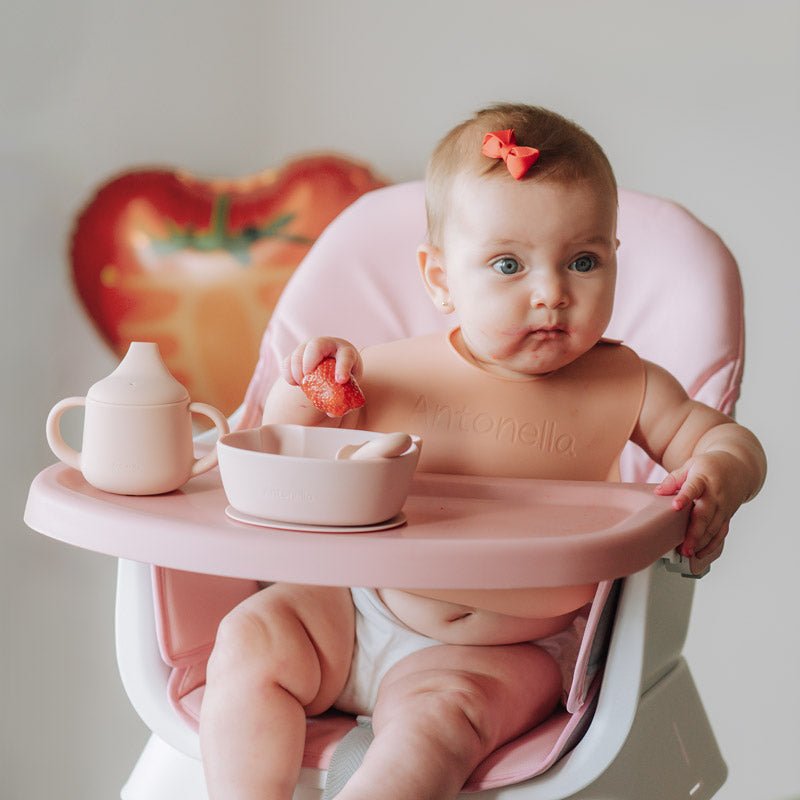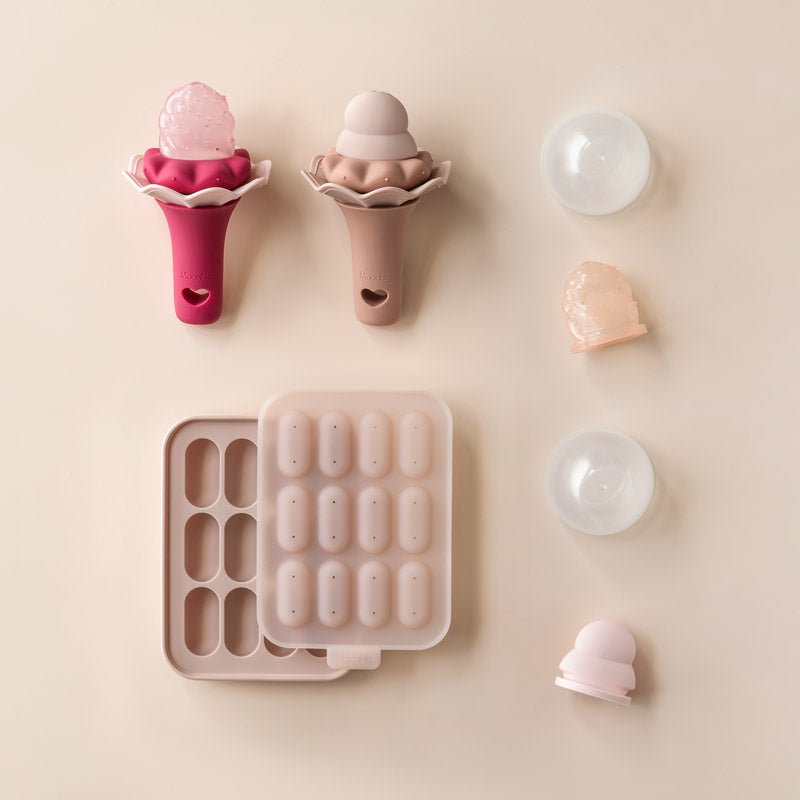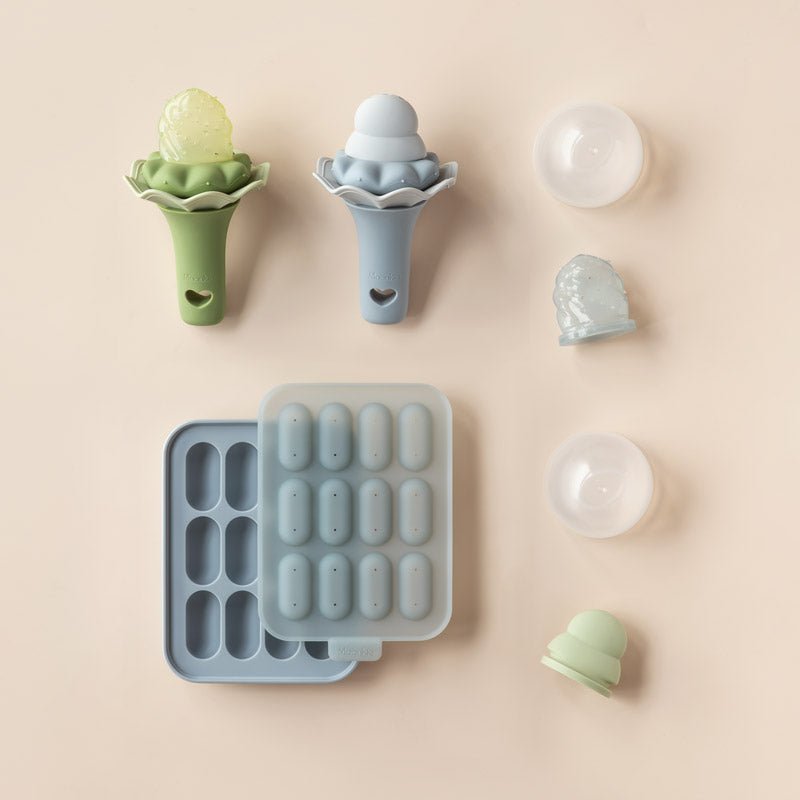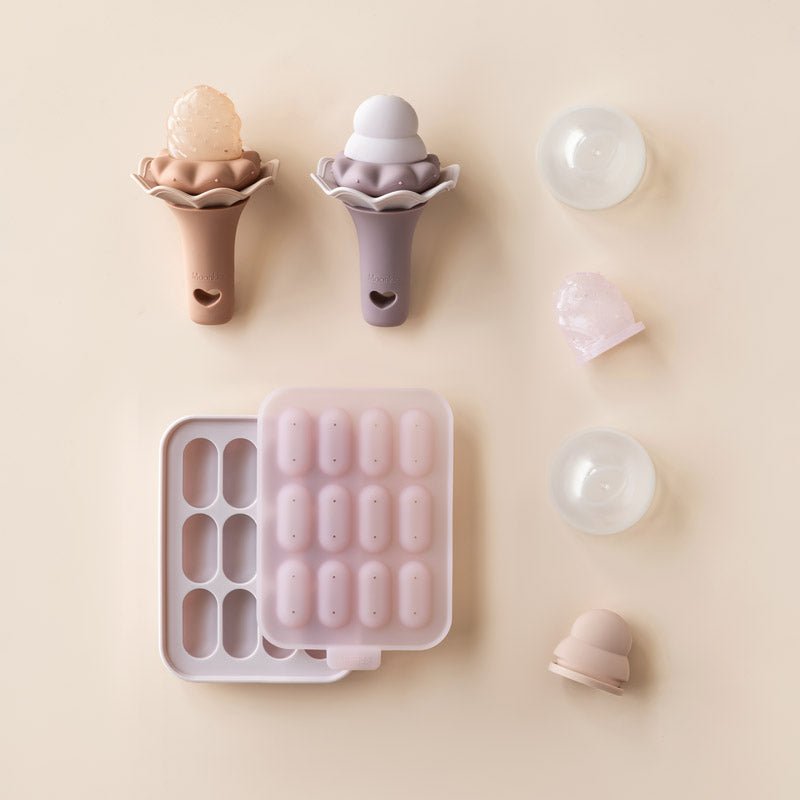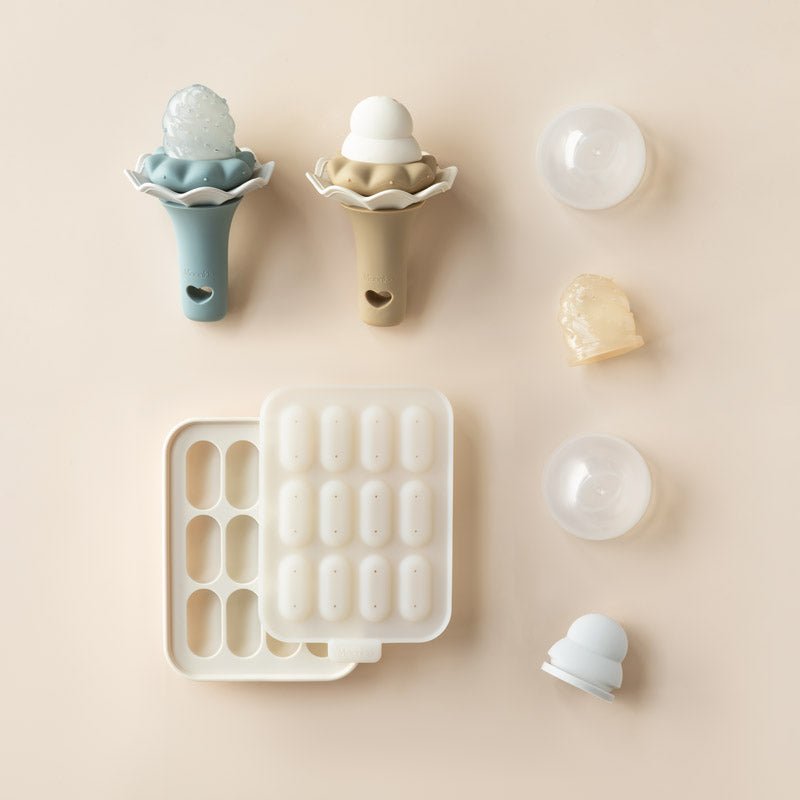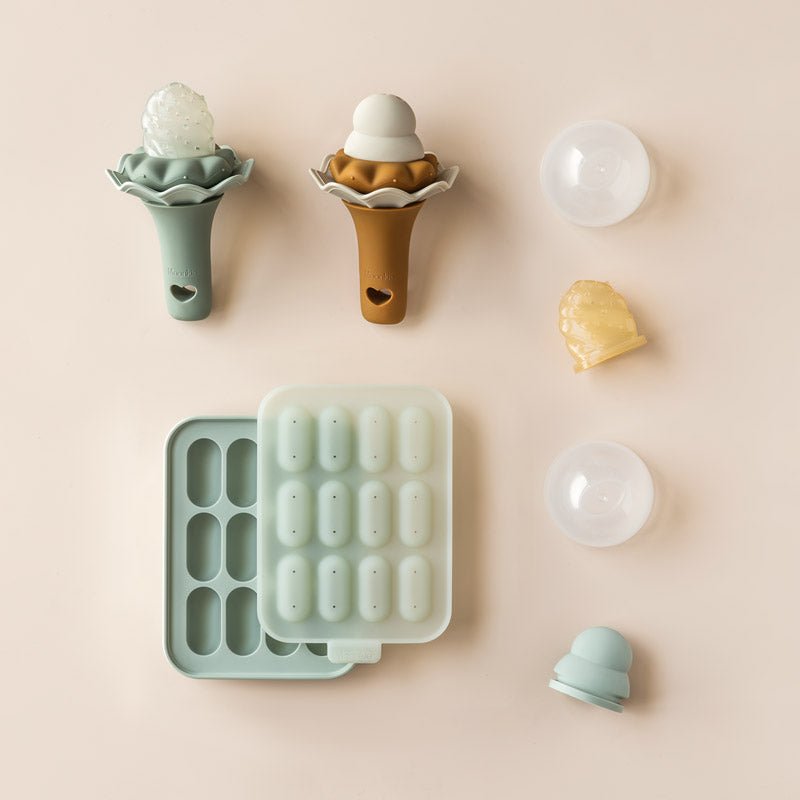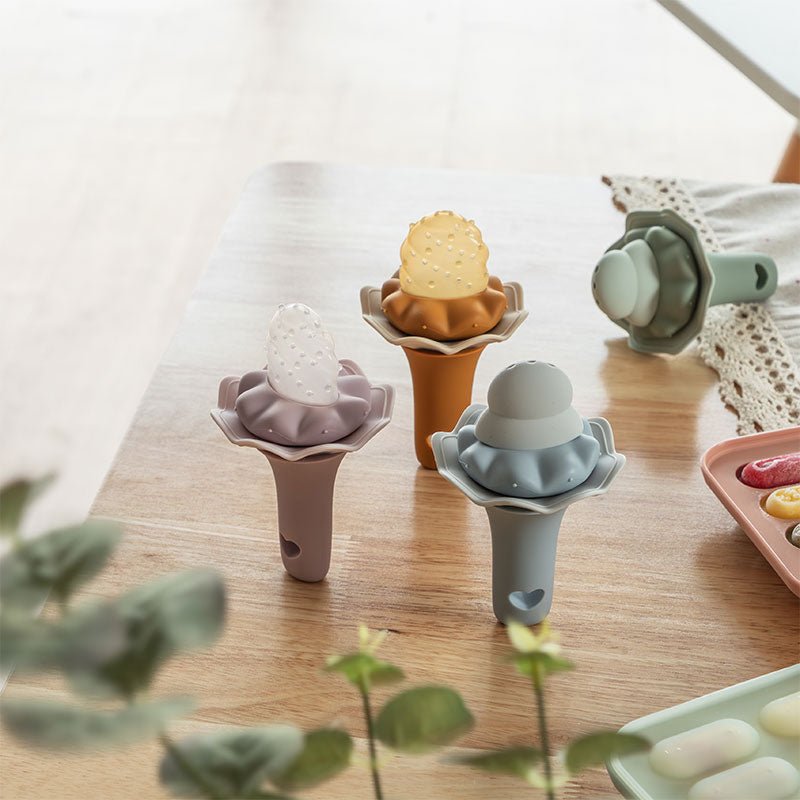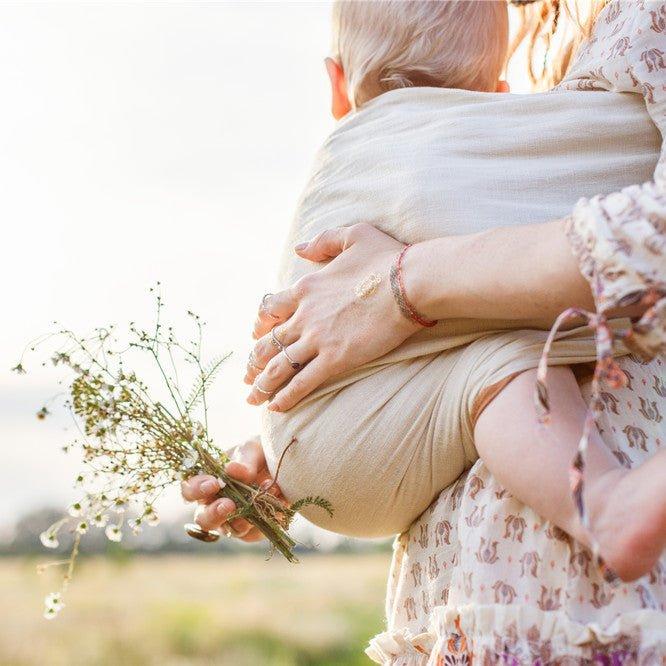
Finding affordable and eco-conscious baby toys can be ridiculously challenging financially. In all of our bewildering progress in modernity, you would think that we would have made more affordable, sustainable baby toy options available to the populace. Alas, marketing and inflation exist alongside outright greed.
You can find sustainable baby toys on a budget locally or online, but you may have to get creative with what you buy. Affordable options for eco-conscious parents are buying secondhand high-quality toys, making DIY toys and sensory activities with things you already have at home, and saving up for durable, long-lasting toys.
Though these options may not necessarily come in brand-new packaging or seem sleek and spiffy, they are solid alternatives for those on a tight budget.
Why Sustainable Baby Toys Matter
Sustainable baby toys are worth investing in because they are typically eco-friendly and non-toxic. This automatically disqualifies toys with batteries because batteries (even rechargeable batteries) are not sustainable.
But what makes a toy "sustainable"? This term is flung around frivolously in baby product marketing, but we can narrow it down to meaning one of five things:
- being made of abundant renewable materials (wood, cotton, natural rubber, and such)
- being made in an eco-friendly process
- being recyclable
- being biodegradable
- being incredibly durable and long-lasting
As you can see, there are a range of interpretations here, and short of a wooden bird carved by hand from a tree in your backyard, very few baby toys or products are completely sustainable.
"Sustainable" Options
Toys made from abundant renewable materials tend to be biodegradable, too, making them the best eco-friendly option. But, how those materials are sourced and processed sinks many toy options that look good on the surface, and when those need replacing relatively quickly, these become even less "sustainable."
That's not every natural material baby toy, but it certainly crosses out the most readily available wooden, cotton, and natural rubber toys and products from massive retailers. If you really care about eco-friendly product creation processes, look into each company brand's process to weigh its practices for yourself.
Silicone Baby Toys
Another way to look at "sustainability" is the product's longevity. For example, silicone baby toys are created from a naturally plentiful resource, silica (basically sand), which manufacturers combine with carbon in an extremely hot chemical process to create silicone.

Though the creation process of silicone is not environmentally friendly yet, it does come from an abundant natural resource, holds up to lots of punishment (durable), lasts forever (not biodegradable), and can be recycled (in a specific way).
Moreover, when not mixed with fillers by manufacturers trying to cut corners, food-grade silicone is safe for humans (source). Just pinch or twist a part of the silicone item to test for fillers. If it turns white, there is a filler, which shouldn't go to your baby. If it holds its color, then it is pure silicone.
So, investing in high-quality, food-grade silicone baby toys that have been rated safe by the U.S. Food and Drug Administration (FDA), the U.S. Consumer Product Safety Commission (CPSC), and the European Commission (CE) is "sustainable" from a cost-per-use standpoint.
Genuine food-grade silicone baby toys are easy to clean, long-lasting, and resilient to punctures, breaks, tears, and cracks. So, buying a well-built silicone baby toy is suitable for growing families and those who intend to buy secondhand or pass their family's baby toys on to other families.
Baby Toy No-No's
Most eco-conscious parents, unfortunately, end up settling for the lesser of evils with any given baby toy or product. Still, there are a few major no-no's that you need to keep in mind.
Harmful chemicals like BPA, phthalates, and lead are the main things to avoid in baby toys and products. So, cheap plastic, vintage, and pre-1978 painted toys should probably be scrutinized closely or avoided altogether for your little one (source).
Since your baby needs to nom things for exploration and soothing teething pain, you should opt for chew-safe toys made of natural materials, such as wood, organic cotton, and natural rubber, or toys made of high-quality food-grade silicone, which is well tested.
The Benefits of Open-Ended Play
Sustainable baby products also matter because they encourage open-ended play. Open-ended play is when children can play with passive toys that don't have a "right way" for kids to play. Little ones can use their imaginations to play with these toys actively.
Electric toys for babies and toddlers can certainly be played with creatively, but not to the extent that open-ended toys like wooden blocks can. Besides, how many electric baby toys are meant to distract a baby or make a toddler sit and watch?
Babies and toddlers need to move, explore, and discover to develop their critical thinking, problem-solving, and even social skills. However, toys that play for little ones are not as effective as toys designed for little ones to play with.
Remember:
- Active toys usually lead to passive play.
-
Passive toys usually lead to active play.
How to Choose Sustainable Baby Toys on a Budget
Generally speaking, sustainable baby toys are more expensive to make than plastic toys, so they tend to be a bit pricey. It doesn't help that any baby product with an "eco-friendly" or "organic" stamp is instantly trendy and, therefore, more expensive.
But there are some things you can do to minimize the cost!
Choose Durable Toys
Choosing toys that last through one child's baby and toddlerhood is sustainable in a sense, especially if it endures multiple children's early development. Durable toys are typically well-made with an intelligent design and high-quality material.
Avoid toys that are cheaply made or made from low-quality materials because they may break easily and need to be replaced frequently. Although these toys may be less expensive initially, they can cost more in the long run.
If you are reading this and thinking, "So, I should buy heavy natural rubber dog toys for my baby," you would be humorously correct in choosing a lasting toy that your baby can chew on but wrong in that the design is not for little hands and mouths.
No, your baby is not likely to chomp through a dog toy, but he probably won't bite through a silicone or natural rubber toy actually designed for human babies, either. It's best to go with a durable baby toy!
Look for Versatility
One way your baby toy choices can be more sustainable is by opting for baby toys that have numerous uses or can grow with your child. Again, this has a higher cost upfront but less in the long run if your child continues playing with the same toys well into toddlerhood.

For example, silicone stacking cups are excellent for grasping in the first few months, chewing on in teething, stacking and tower-building as a crawler, and scoops for sensory activities as a toddler. You can even use these same cups for snacks, paint, or small bead holders for crafts later in childhood because these are easy to clean and super versatile!
Functional versatility is essential to clutter-free living and a key tenant behind our product designs here at Moonkie. By creating durable, high-quality silicone baby toys and products that grow with little ones, we serve families from babyhood through toddlerhood and beyond to keep our products out of landfills!
Shop Secondhand
If you are strapped for cash, shopping secondhand may be the way to go. Look for gently used toys at thrift stores, online marketplaces, and consignment shops and events. Facebook marketplace may also be an option for you, depending on your community.
You may also ask friends and family members with kids older than your own if they would be willing to pass outgrown toys down to your family. Many parents would likely be happy to declutter their home by letting go of baby toys.
You can find many secondhand toys in excellent condition and buy them at a fraction of the original cost. However, you need to inspect secondhand toys carefully for any signs of wear or damage. Avoid toys that are broken, missing pieces, made of plastic, or painted with lead paint.
For more on buying classic baby toy designs and vintage toys, check out this article: Are Classic Baby Toys Good for Babies?
Make a Family Wishlist
In some families, birthdays and Christmas days involve lots of gifts, especially for little ones. One way to get sustainable toys for your little bug is by creating a family wishlist and passing it around when asked what your child needs or wants. Family and friends may be happy to have a solid idea of what to buy.
This wishlist doesn't have to just be toys, though. You can include experiences like zoo or museum memberships, movie tickets, local craft event passes, state or national park season camping passes, or a fund for a family vacation. Be creative!
Barter With a Local Maker
If you know a local, sustainable baby toy or product maker, try offering to barter something you can make for an item. You may be surprised to find what you can trade: vegetables from your garden, chicken eggs, a painting, piano lessons, vintage items, a trade skill....almost anything!
If you are a small business owner or freelancer, you may even join a legitimate barter exchange network to trade officially with other small business owners and freelancers. This is a unique option may serve you well if you lack cash.
Sign Up to Test Baby Toys
Another way to choose sustainable baby toys on a budget is to sign up with your favorite baby product brands to test baby toys. If you cannot find an open opportunity there, you can open a freelancer account on Upwork and possibly get paid to take baby toy test jobs.
Obviously, this option requires some discretion, thorough questions, time, and close observation, but it is a possibility for some. In most cases, you actually get to keep the product too!
Be Satisfied With Less
Ultimately, the best way to choose sustainable baby toys and products for your little one is by being content with what you've got. Your baby doesn't need everything marketing and parent culture say you need. Arguably, less is more (source).
Choosing a few sustainable sensory toys that promote open-ended play and grow with your little one will keep you from buying new toy sets every couple of months and keep the clutter down. Moreover, you can rotate toys every few days or weeks to keep things fresh for your little one.
If you are curious about minimalistic living with a baby or toddler, read our article: Is Minimalism Good for Babies and Toddlers?
DIY Sustainable Baby Toys
If all else fails, you can always create something for your little one at home with what you've already got. With a little patience and creativity, you can make a toy or sensory that will entertain your little busy bug for hours.

Not only is this a cost-effective option, but it also allows you to control the materials used and ensure they are safe and non-toxic for your little one.
| DIY Toy or Activity | Explanation |
| Sensory bottles |
|
| Fabric blocks |
|
| Cardboard box playhouse |
|
| Rainbow rice sensory bin |
|
| DIY rattles |
|
| Nature bin |
|
These are just a few ideas for DIY sensory activities and toys you can make at home. If you'd like a few more ideas for sensory activities or toys, read this guide: From Teething to Tummy Time: The Top Sensory Toys for Every Stage of Babyhood.
In a Nutshell
By prioritizing sustainable and non-toxic baby toys, you're creating a healthy environment for your little one and contributing to a better future for the planet she will inherit. With these tips and affordable options, you can give your baby the best toys for her education and development without breaking the bank.

